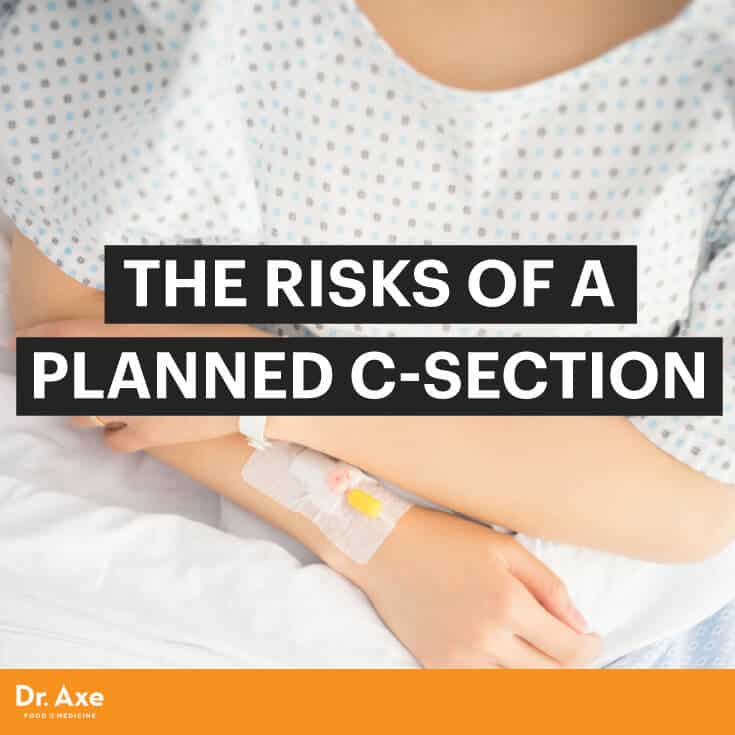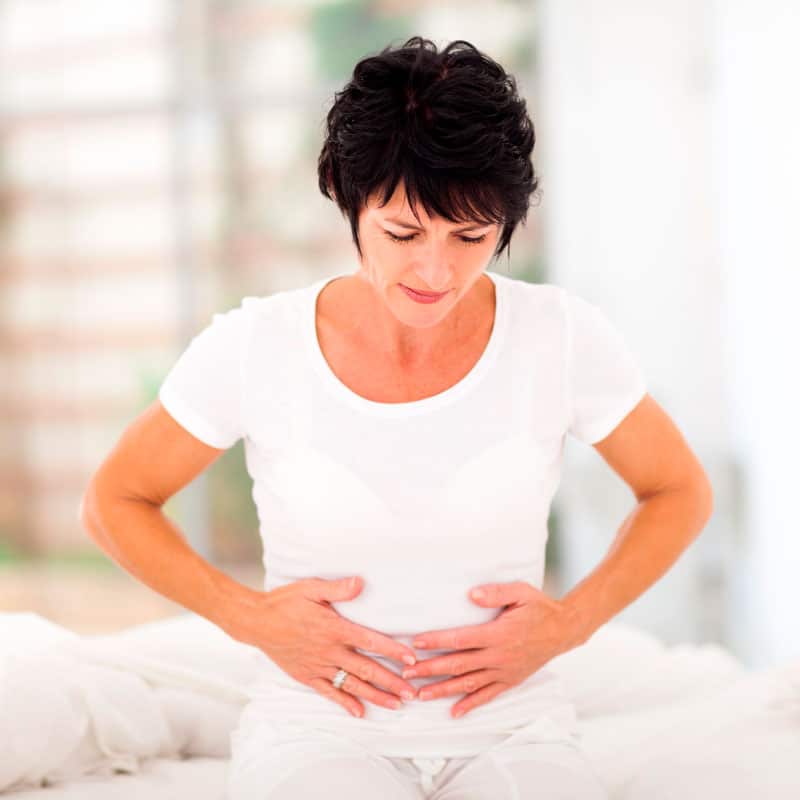This Dr. Axe content is medically reviewed or fact checked to ensure factually accurate information.
With strict editorial sourcing guidelines, we only link to academic research institutions, reputable media sites and, when research is available, medically peer-reviewed studies. Note that the numbers in parentheses (1, 2, etc.) are clickable links to these studies.
The information in our articles is NOT intended to replace a one-on-one relationship with a qualified health care professional and is not intended as medical advice.
This article is based on scientific evidence, written by experts and fact checked by our trained editorial staff. Note that the numbers in parentheses (1, 2, etc.) are clickable links to medically peer-reviewed studies.
Our team includes licensed nutritionists and dietitians, certified health education specialists, as well as certified strength and conditioning specialists, personal trainers and corrective exercise specialists. Our team aims to be not only thorough with its research, but also objective and unbiased.
The information in our articles is NOT intended to replace a one-on-one relationship with a qualified health care professional and is not intended as medical advice.
The Risks of a Planned Caesarean Section
January 7, 2016

In the U.S., nearly one in three babies are born by caesarean section. While a significant number of caesarean deliveries are performed for health reasons and obstetrical indications, some are simply due to a mother’s request. Regardless of the reason, a “c-section” is not the ideal end result of a healthy pregnancy and increases the risk of health conditions for the child.
New research suggests that babies born by planned c-sections experience more health problems than those delivered by emergency c-sections or vaginal delivery. A recent study published in JAMA evaluated 321,287 infants born in Scotland and the U.K. between 1993 and 2007. Researchers compared offspring born by planned caesarean section delivery in a first pregnancy with offspring born by unscheduled caesarean section delivery and delivered vaginally. In comparison with infants born vaginally, those born by planned c-section were at increased risk of asthma requiring hospital admission and using an inhaler prescription at the age of 5. (1)
As the trend of increasing c-sections continues to rise, so does an epidemic of both autoimmune diseases such as type 1 diabetes, Crohn’s disease and multiple sclerosis, and allergic diseases including asthma, allergic rhinitis and atopic dermatitis. (2)
Vaginal Births vs. Caesarean Section
When a baby is born vaginally, it comes into contact with bacteria from the mother. These bacteria, or microbes, that are passed onto the baby during vaginal delivery will then grow in the infant’s intestines and make up his immune system. It is important that the microbes colonize in the infant’s gut in order for him to develop a well-functioning immune system.
Soon after birth, 500–1,000 difference species of microbes begin to occupy the skin, mouth, vaginal mucosa and gastrointestinal tract. These organisms play a vital role in nutrient breakdown and provide resistance to the colonization of pathogenic microorganisms.
More recently, studies have demonstrated that the microbes can have a profound and long-lasting effect on the development of the baby’s immune system both inside and outside of the intestine. The baby’s immune system innately recognizes harmful bacteria and leaves the helpful species alone.
You can say that in the establishment of the immune system, the baby and the microorganisms establish some kind of co-dependence. The immune system builds a tolerance to the bacteria and becomes less sensitive to a foreign substance when it is ingested. This tolerance is important because it reduces overreactive immune responses that lead to disease-causing inflammation, such as autoimmune disease, as well as allergies. (3)
It’s the infant’s contact with the mother’s vaginal and intestinal flora during vaginal delivery that plays an important role in the infant’s ability to colonize microorganisms. During a c-section, this direct contact does not exist; instead, the infant receives non-maternally derived environmental bacteria that will colonize in the intestines. A 1999 study conducted in Finland found that the primary gut flora in infants born by cesarean delivery may be disturbed for up to six months after birth. (4)
Another study, conducted in 2004, assessed the microbiota composition in 7-year-old children and compared the effects of vaginal delivery and caesarean sections. Sixty children participated in the study — 31 had been delivered by caesarean section and 29 by vaginal delivery.
At 7 years of age, significantly higher numbers of clostridia (a type of bacteria) were found in children delivered vaginally compared with c-section–born children. Bacteria like clostridia play a viral role in immune system function; for example, children with asthma diagnosed by a physician had lower numbers of clostridia in their fecal specimens while healthy children had higher clostridial numbers. (5)
You may be asking yourself, what’s the difference between a planned and emergency c-section? If anything, you would have thought that planned c-sections are done under more controlled conditions and should therefore come with less risk to the baby’s health, right?
When a mother labors, even if she will eventually need a c-section, the baby is being exposed to bacteria that he wouldn’t be exposed to during a planned c-section. The baby is also preparing for birth. When labor begins on its own, there are physiological changes that take place in the mother and infant in order to prepare.
For instance, when labor begins, fluid is cleared from the baby’s lungs. The baby is also exposed to stress and reproductive hormones that will help him to adapt to the laboring process and life outside of the womb. Being exposed to labor and delivery also preps the baby for breastfeeding and makes him more alert of his surroundings.
Breastfeeding after Caesarean Section Delivery
A 2010 study published in Birth found that cesarean delivery has negative effects on breastfeeding. The study included 677 newborns delivered by c-section and 1,496 delivered vaginally. Researchers found that breastfeeding prevalence in the delivery room was significantly higher after vaginal delivery compared with that after c-secion delivery. This may be because mothers have to wait a longer period of time after surgery to initiate breastfeeding. (6)
Another study published in Indian Pediatrics evaluated 100 mothers undergoing c-section delivery and their infants. Researchers found that mothers who initiated breastfeeding within 12 hours of surgery were successful in practicing total breastfeeding, while only 6 percent of mothers who initiated breastfeeding after 96 hours were able to breastfeed successfully. This study suggests that early initiation is key and has a highly significant correlation with the establishment of breastfeeding, while the separation of babies from mothers discourages breastfeeding. (7)
If you are having trouble with the initiation process after a c-section, ask for support. The staff at the hospital or birthing center can help you to get started and find a comfortable position after surgery, avoiding incisions and sore areas. Breastmilk is loaded with the best nutrients in the exact amounts for your infant, and it provides antibodies that will protect the newborn from both viral and bacterial infections. It can be argued that infants born by c-section need breastmilk even more than infants born vaginally, so it’s important that you utilize your resources and try to initiate breastfeeding soon after delivery.
What’s a VBAC?
A VBAC is a vaginal birth after caesarean section. Because the c-section rates continue to rise each year, researchers suggest that a VBAC is a reasonable and safe choice for the majority of women with prior cesarean. Not only will a VBAC be beneficial for the infant, but there is emerging evidence of the serious harm relating to multiple cesareans for the mother. (8)
In 2013, the North American Journal of Medical Sciences published a study that evaluated 100 women who were attempting a VBAC delivery. Eight-five percent of the cases had a successful VBAC and 15 percent underwent a repeat emergency caesarean section. The researchers found that cervical dilation of more than three centimeters at the time of hospital admission was a significant factor in favor of a successful VBAC. Birth weight of more than 6.6 pounds was associated with a lower success rate of VBAC. (9)
The best ways to boost your odds of a positive experience when attempting a VBAC delivery is to learn about VBACs by taking a childbirth class on VBAC and reading up on risks and benefits. You will also want to plan the delivery at a well-equipped hospital with a staff who is experienced in VBAC deliveries. Hiring a doula with VBAC experience may also be helpful. When attempting a VBAC, natural birth, without any drugs that induce labor and make contractions stronger, will reduce the risk uterine rupture.
Final Thoughts
- Research suggests that although caesarean sections are appropriate and necessary in some situations, they are a poor substitution for labor.
- Vaginal birth is the best mode of delivery because mothers pass bacteria to their infants, which colonizes in the gut and makes up their immune systems.
- Even infants who are eventually delivered by emergency caesarean sections are prepping for birth during labor and are exposed to the mother’s bacteria before the c-section.
- One c-section delivery does not mean that all deliveries must be c-sections. A VBAC is a safe choice for the majority of women with prior cesarean. A mother should work closely with her doctor or midwife to prepare for a successful VBAC.











